Cruise the Mediterranean
Why cruise the Mediterranean
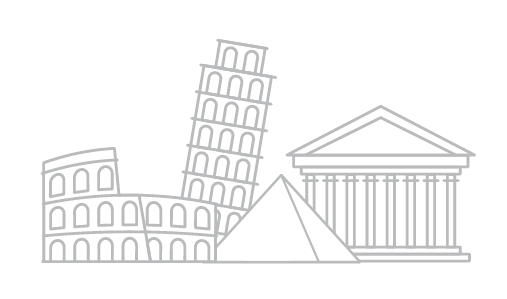
“There is nowhere else on earth where one can cruise to so many different countries within a short period of time”
The Mediterranean Sea has numerous advantages over other cruising areas, with its diversity of cultures, people, languages and history. There are many ports ideally suited to cruise passengers, with something to interest everyone, in most cases situated close to where the Cruise ship docks.
Nowhere else can such a variety of culture and history be found in such a relatively small area.
While the weather from Spring to Autumn is almost invariably ideal, even in the winter months the weather is generally very mild. Some observers feel that within a couple of years, the Mediterranean will become a year-round cruise destination. Indeed, the advantages of cruising the area outside the peak periods are certainly attractive, with the prospect of fewer crowds visiting the must-see attractions.
In a nutshell, there is nowhere else on earth where one can cruise to so many different countries within a short period of time and to sample as many flavours, cultures and retrace the footsteps of history as one can in the Mediterranean Sea.
Luckily for cruise passengers, the choice and range of ships on which to so travel are getting wider each year!
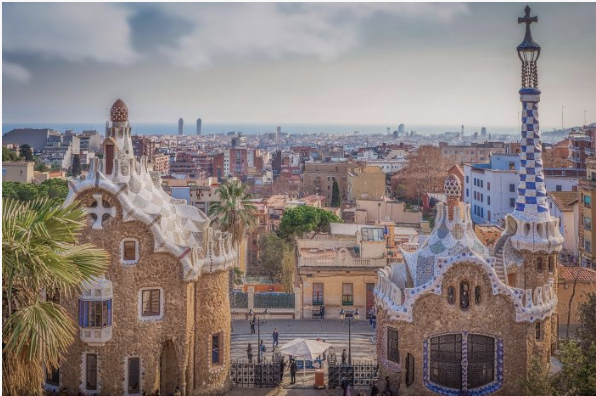
Barcelona is one of the 10 cities in the world which must be visited once in a lifetime. Roman city walls, Gothic palaces and cathedrals exist in harmony with the strange and intriguing works of Barcelona’s 19th century architectural genius, Gaudí.
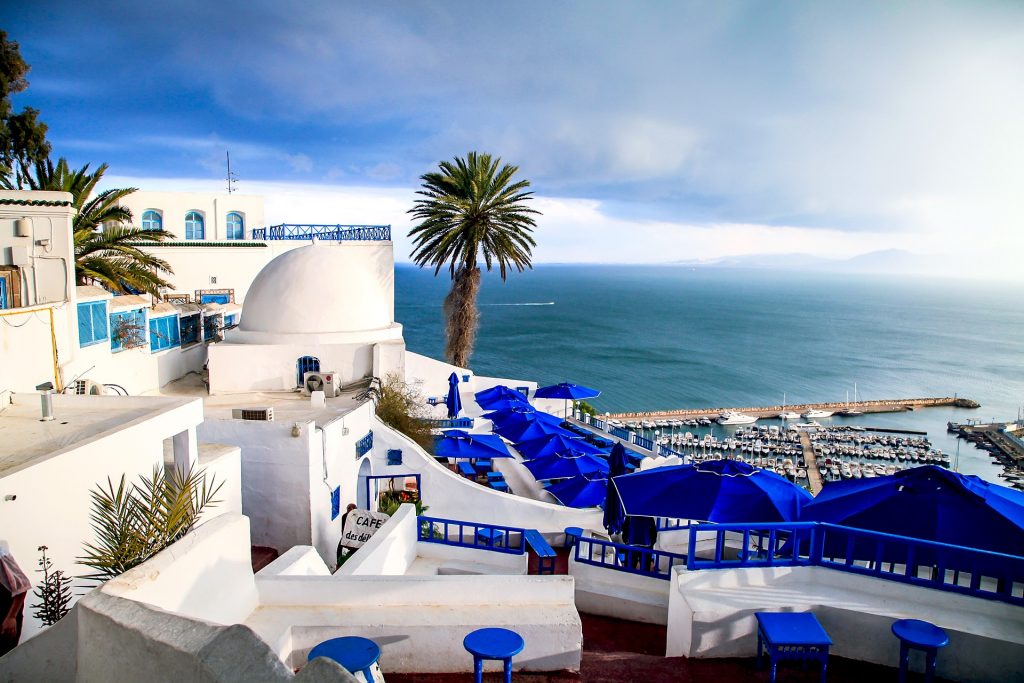
Tunis is a city where yesterday and today blend together – a bustling Mediterranean city of palm tree boulevards, modern buildings and chic boutiques alongside the narrow streets of the ancient Medina.
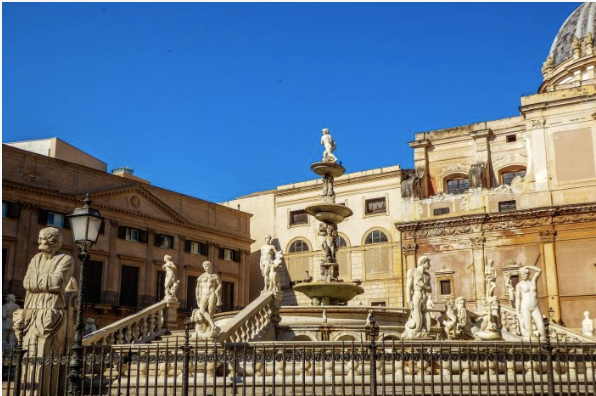
Palermo retains traces of the many civilisations that battled to possess it – Phoenicians, Byzantines, Arabs, Normans, Jews, Swabians, Angevins, Spanish. Multi-ethnic have turned this land into a place of magnificence mixed.
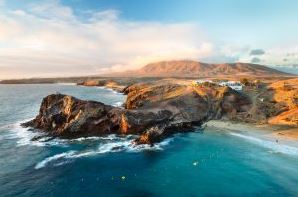
Throughout the length and breadth of the Mediterranean and its adjoining seas, are scattered many hundreds of islands of varying degrees of size and importance.
The Mediterranean
The Mediterranean
The Mediterranean can be defined as the classic venue for destination cruising.
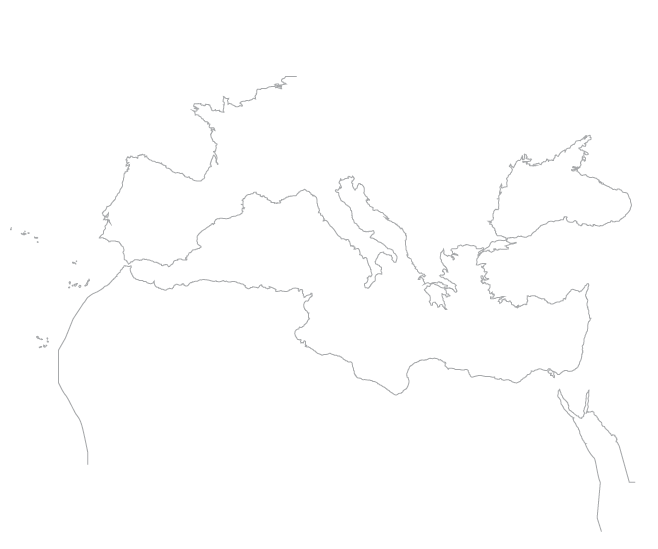
The region features many architectural masterpieces, including the Parthenon in Athens, Chartres Cathedral in France, the Hagia Sofia in Istanbul and St. Peter’s in Rome. Naples has the royal Palace, home of the Bourbon Kings.
Many see great potential in the Mediterranean, generally as a cruise destination with a variety of itinerary variations, full of rich historical interest.
In fact, there is, no other area in the world that can equal the Mediterranean Sea in terms of number of cultures and civilisations that have emerged from the shores of the countries that lie on this sea. Its richness stems largely from the fact that the sea is almost totally enclosed by three continents. This has led to constant interaction between the races that inhabit it.
From the dawn of history, the Mediterranean sea and the lands surrounding it have played a a very important role in the evolution of a succession of civilisations, the very last one being the one we live in today. To the ancient people of Mesopotamia, Babylonia, Syria, Palestine and Egypt the Mediterranean was “The Great Sea”, yet they knew very little about it: their knowledge was confined to its eastern waters, the area called the Levant.
To the ancient Greeks and more especially to the Romans, for whom the Mediterranean was at the heart of their empire, it became “Mare Internum”, the “Interior Sea” and later the Italians named it “Mare Nostrum”. Our Sea. The name “Mediterranean” which means “in the middle of the land”, does not appear to have come into general use until the beginning of the Christian era. The name admirably describes this almost-landlocked sea, while it also gives some prominence to the “terra”, the land that surrounds it.
All this seems to suggest that the Mediterranean Sea may have some kind of unifying influence on the countries, which border it or come closely within its scope.
Some of Europe’s earliest and most powerful ancient civilisation flourished within the Mediterranean region and their traces remain in the many archaeological sites and in the monuments, architecture, art writing and music they created.
There are countless churches, galleries and museums with works of art ranging from the Renaissance masters to the 20th century pioneers.
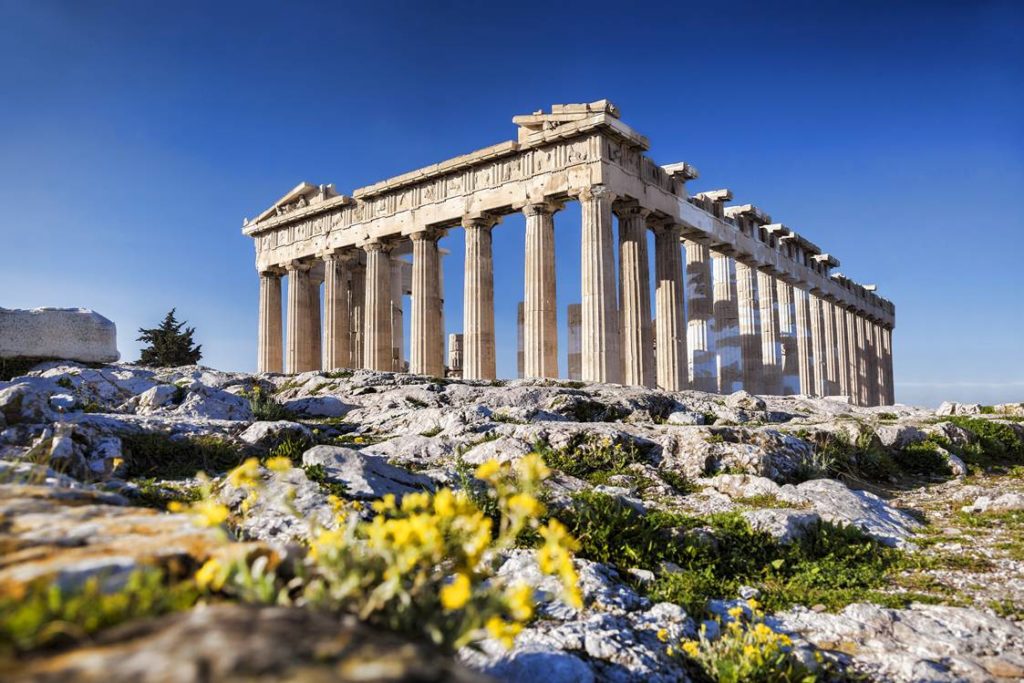
Piraeus is the main port of Athens and one of the oldest ports in the Mediterranean. The cruise passengers by using the subway can be in Athens in about 30 minutes, where in a few hours they can browse monuments of world cultural heritage, including the Acropolis, the Odeon of Herodes Atticus, the Pnyx and the Roman Forum. Nearby some of the most picturesque and colorful districts in Athens, as Plaka, Monastiraki and Thission.
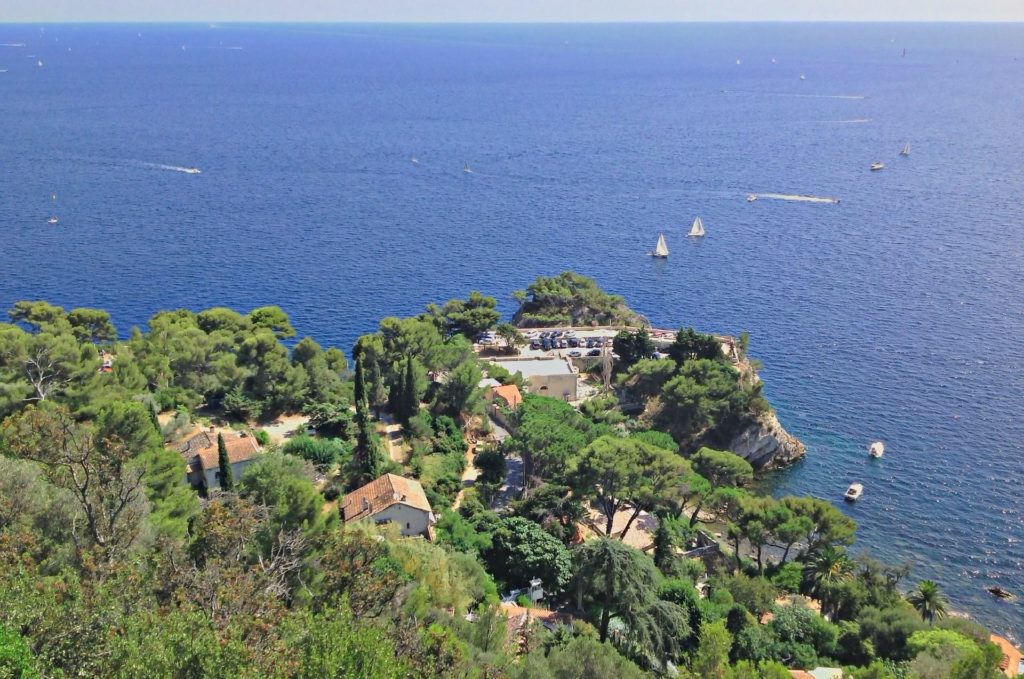
Toulon is a captivating coastal gem renowned for its rich maritime heritage and picturesque landscapes, with its sun-drenched beaches and the breathtaking views from Mont Faron, accessible by cable car, offering panoramic vistas of the Mediterranean coastline. The city’s historic charm shines through its vibrant Old Town, characterized by its Provencal daily market and narrow cobblestone streets that wind past colorful facades and enchanting cafes.
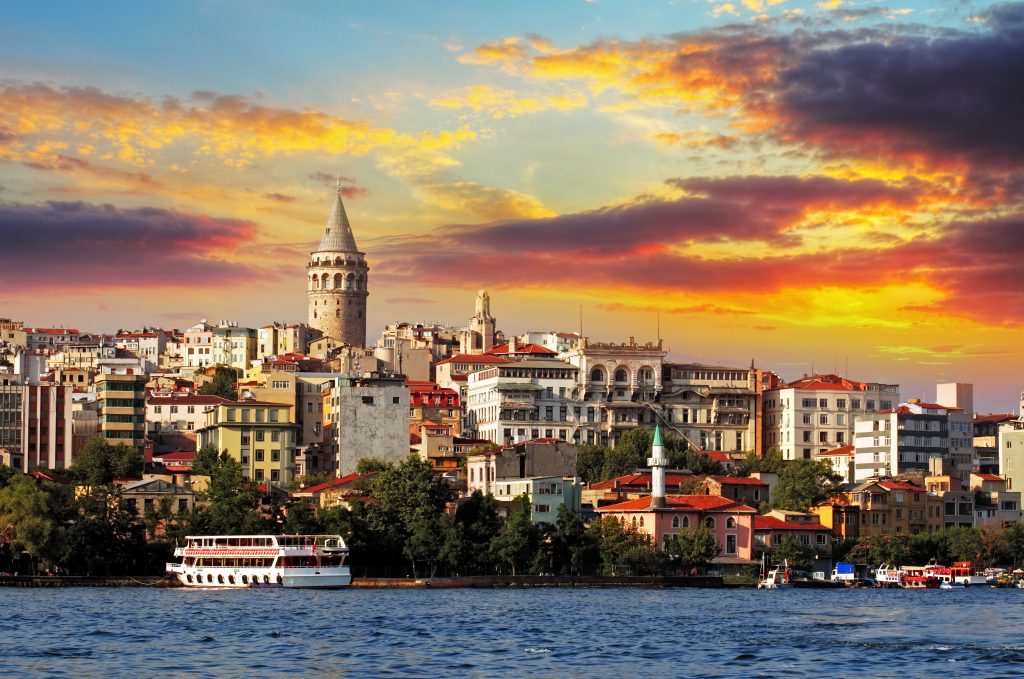
Istanbul is one of the most enchanting destinations and the only metropolis in the World that merges two continents. The historic area, World Heritage of UNESCO, offer the most prominent examples of Byzantine and Ottoman architecture. Surrounded on three sides by water and spread over seven hills, Istanbul is a city encompassing of a distinctive flavour in each of its neighbourhoods.
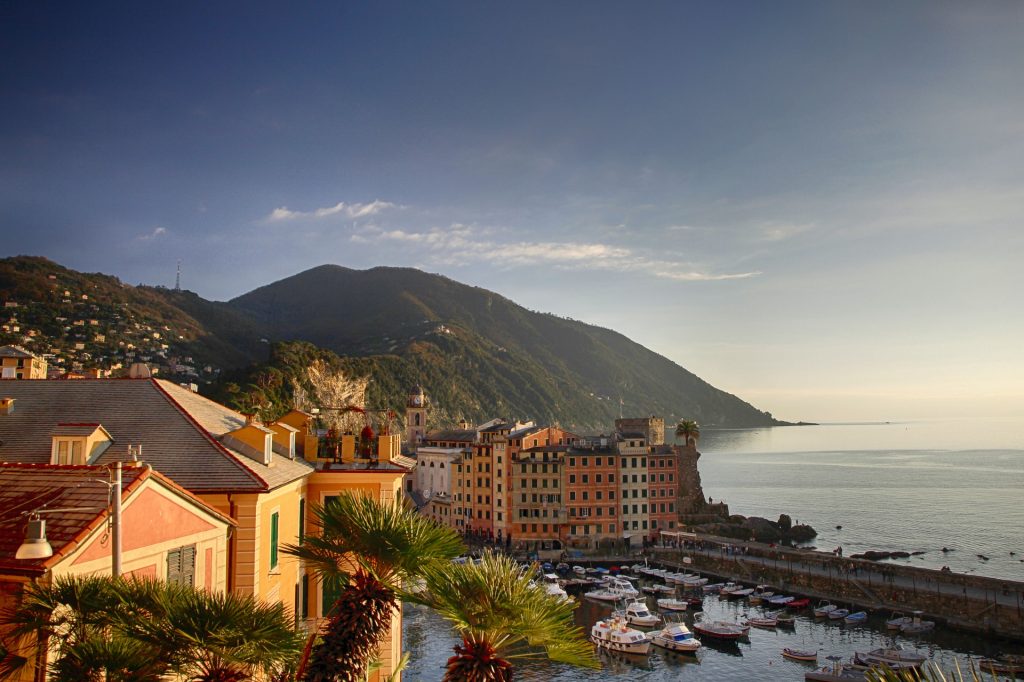
Genoa‘s heart is an eclectic labyrinth of medieval cobblestone lanes, the urban fabric of one of the largest historic centres in Europe. The city’s past, as one of the Mediterranean’s leading maritime powers, is reflected in the wealth of sumptuous marble landmarks which characterise the vast pedestrianised old town. Many of its caruggi and piazzas, serving as a living treasure trove of history, have been designated as UNESCO World Heritage Sites.
